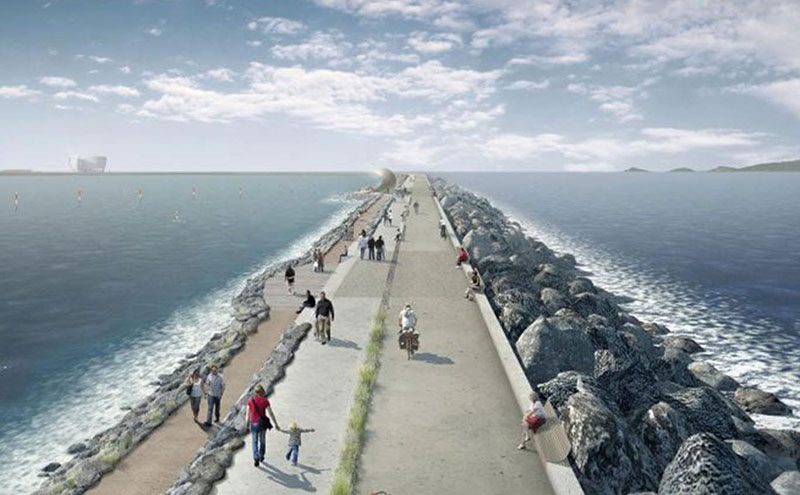
A watershed moment for tidal power technology may have finally arrived with the publication in early January of an independent review by former energy minister Charles Hendry.
It confirmed that work on a proposed “try out” tidal lagoon at Swansea Bay could proceed without regrets, potentially opening the way for much larger projects elsewhere.
Commenting on the report, its author said he believed “the evidence is clear that tidal lagoons can play a cost-effective role in the UK’s energy mix and there is considerable value in a small (less than 500MW) pathfinder project.” He concluded that tidal lagoons would help deliver security of supply and would assist in delivering on the UK’s decarbonisation commitments. And they would bring real and substantial opportunities for the UK supply chain.
The proposal from marine energy firm Tidal Lagoon Power is to arrange a set of turbines on a U-shaped sea wall across the city’s bay, generating enough electricity for 150k homes. It said that if a subsidy deal could be agreed with the government construction could start next year and provide 2,000 jobs.
Despite widespread predictions of a strong role for marine energy in the UK’s energy mix, tidal power projects have been repeatedly shelved in recent years, amidst doubts about the readiness of the technology or the business case for it.
Other experts backed the conclusions of Hendry’s report. Commenting in The Independent, Dr Robert Gross, director of policy at the Energy Futures Lab, Imperial College London, said tidal lagoons are expensive to build but could provide electricity almost indefinitely. If they can be financed cheaply over the long term their electricity works out quite cheap too, he said.
Imperial College’s Dr Athanasios Angeloudis, said the report should be seen as a landmark step towards making the first significant contribution to the national electricity mix from this sustainable energy source.






